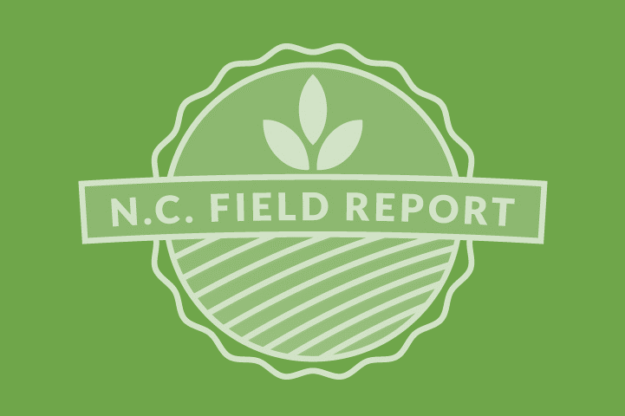Seed Treatments – A Smart Investment?
Seed treatments have gained in popularity over the last few years, but are they a smart investment for soybean farmers? And if so, what kind of treatments are your best options? You are faced with many choices of products that can be placed on the seed. With millions of dollars are spent on seed treatments…
Details




